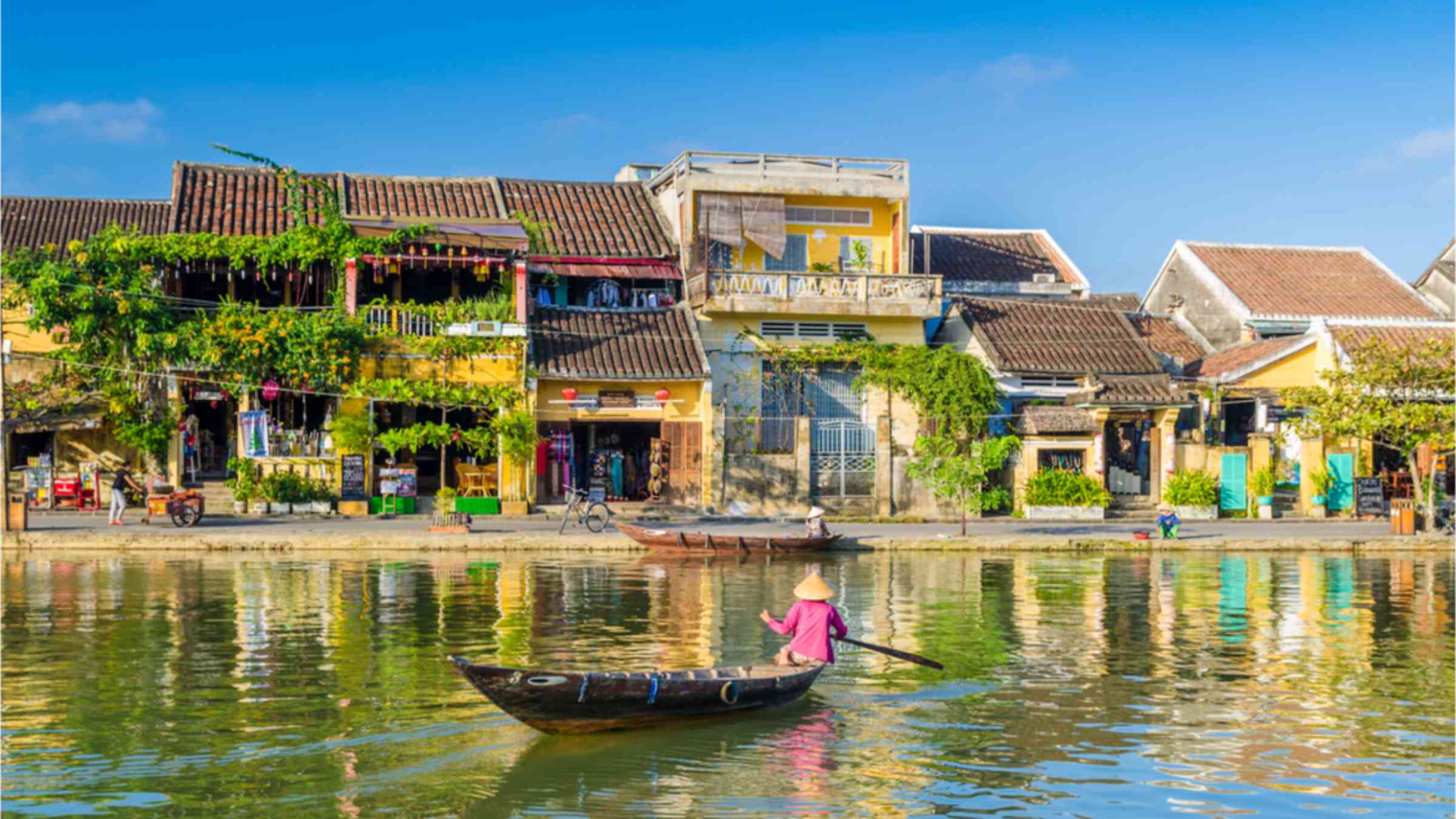Building resilient homes: Innovations and community engagement in Viet Nam

Viet Nam's central provinces are no strangers to the devastating effects of climate change and extreme weather events. Storms and floods have left thousands homeless, particularly those in vulnerable coastal areas. However, the GCF-UNDP-Government of Viet Nam project, which aims to increase the resilience of vulnerable coastal communities to climate change, is altering the lives of the most impacted.
The poor and near-poor people in the five coastal provinces have been supported to build storm- and flood-resilient homes that protect them during disasters. These homes are more than just simple shelters; they have been designed to be solid and resilient, incorporating features that meet local cultures and conditions.
KoboToolbox: Revolutionizing construction monitoring and coordination
KoboToolbox, a unique online software application, coordinates and monitors the construction process. A project engineer, Truong Ngoc Khiem, described how the software works, "Firstly, Kobo shows household information and locates the family's address on the national map. Then, we send this data to the donor and stakeholders to compare before and after the house is built and the construction progress in between."
In the first stage, local authorities and project coordinators enter all the information about the old houses into the system. The information includes the address, state of degradation, damage, and family details, including their jobs, incomes, and chosen design for the new house. Photos of the foundation, walls, roof, structure, and construction materials are uploaded to Kobo in the second stage. This toolbox helps the Project Management Board monitor the quality and construction process, especially the applied techniques.
When the house is completed, photos of the new homes, donor information, and the beneficiary's perception of the houses will be updated in Kobo. Any feedback on the house is promptly responded to, ensuring that the house structure and construction quality requirements are strictly followed.
"The project’s staff usually come and check the progress of construction. If things are fine, they will give feedback. If there is a problem, they will give recommendations"
Truong Thi Dung, a local beneficiary living in Quang Binh province
Local communities and stakeholder’s empowerment
The houses are designed and built through consultation with local stakeholders and communities, with technical specifications appraised by the Viet Nam Institute for Building Science and Technology under the Ministry of Construction and approved by the provincial department.
Poor, near-poor, or female-headed households can register for support at the local People's Committee headquarters. The list of families is then selected by a panel of members representing different administrative agencies and organizations at all levels in the province.
“The project provides six typical designs which each household can choose. The family makes their choice on that basis. The communal People’s Committee signs the initial commitment with them after the house design model has been selected. During construction, the communal People’s Committee coordinated with the Fatherland Front to monitor the implementation of the original design”
Tran Hoa Hoi, Vice Chairman of Thanh Thuy Commune
Innovative technology and community engagement drive success
“One of the most innovative aspects of the resilient housing program is its ability to support real-time monitoring through community engagement. Using the open-source online platform Kobo, a data collection and visualization tool, community members can collect data and provide information on the construction process of resilient houses. Using a mobile phone, people can collect images and data and upload them onto the platform where colleagues from UNDP and the community can assess the project's performance in real-time. It's effective, efficient, transparent, and allows us to respond swiftly when we see any challenges," said Ramla Khalidi, UNDP Resident Representative in Viet Nam.
“I don’t have to sit up there, and I’m not afraid anymore – now it’s strong enough for me to sit here. I am no longer anxious like I used to be. It doesn’t matter if it’s rainy or windy; we’re not worried anymore”
Truong Thi Dung, Quang Binh province
"My whole family is very happy. Thank you to the government and thank you to the officers who helped me to build such a beautiful and cozy house. I truly appreciate your support," Tran Thi Mao smiled and said.
Applying innovations like Kobo promotes efficiency and transparency and empowers the community to participate actively in the project. We can ensure that the construction of these resilient houses is high quality, providing their residents with a safe and secure home to live.